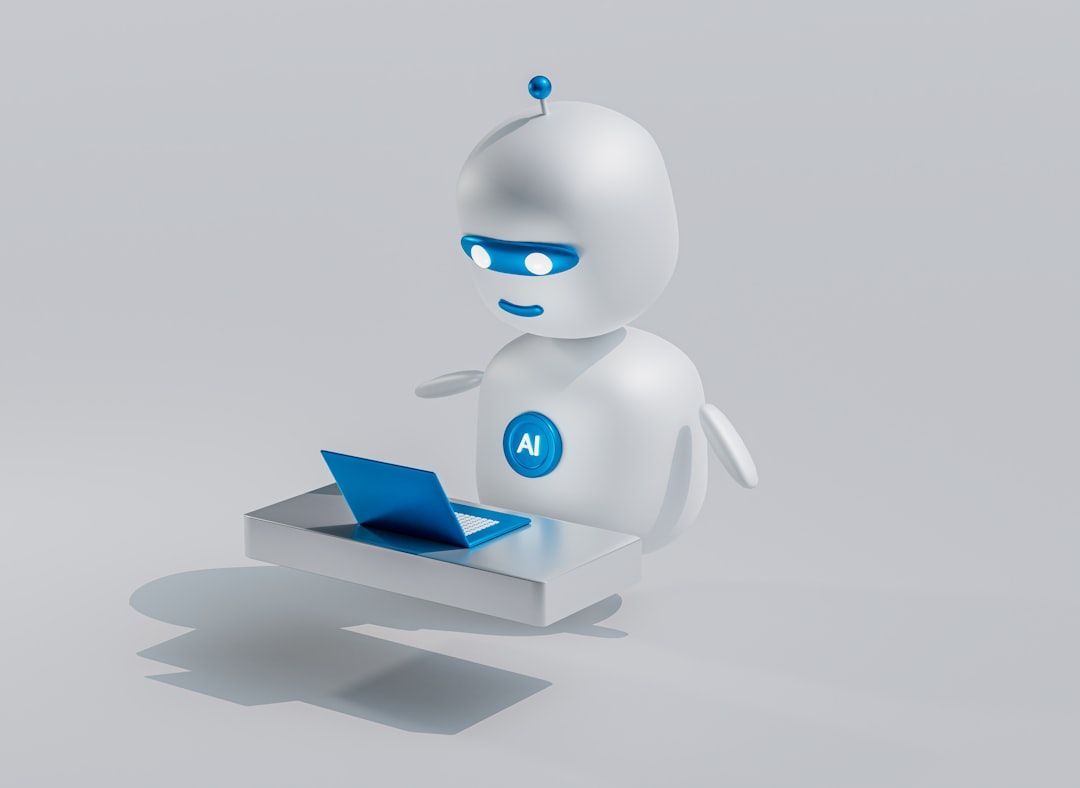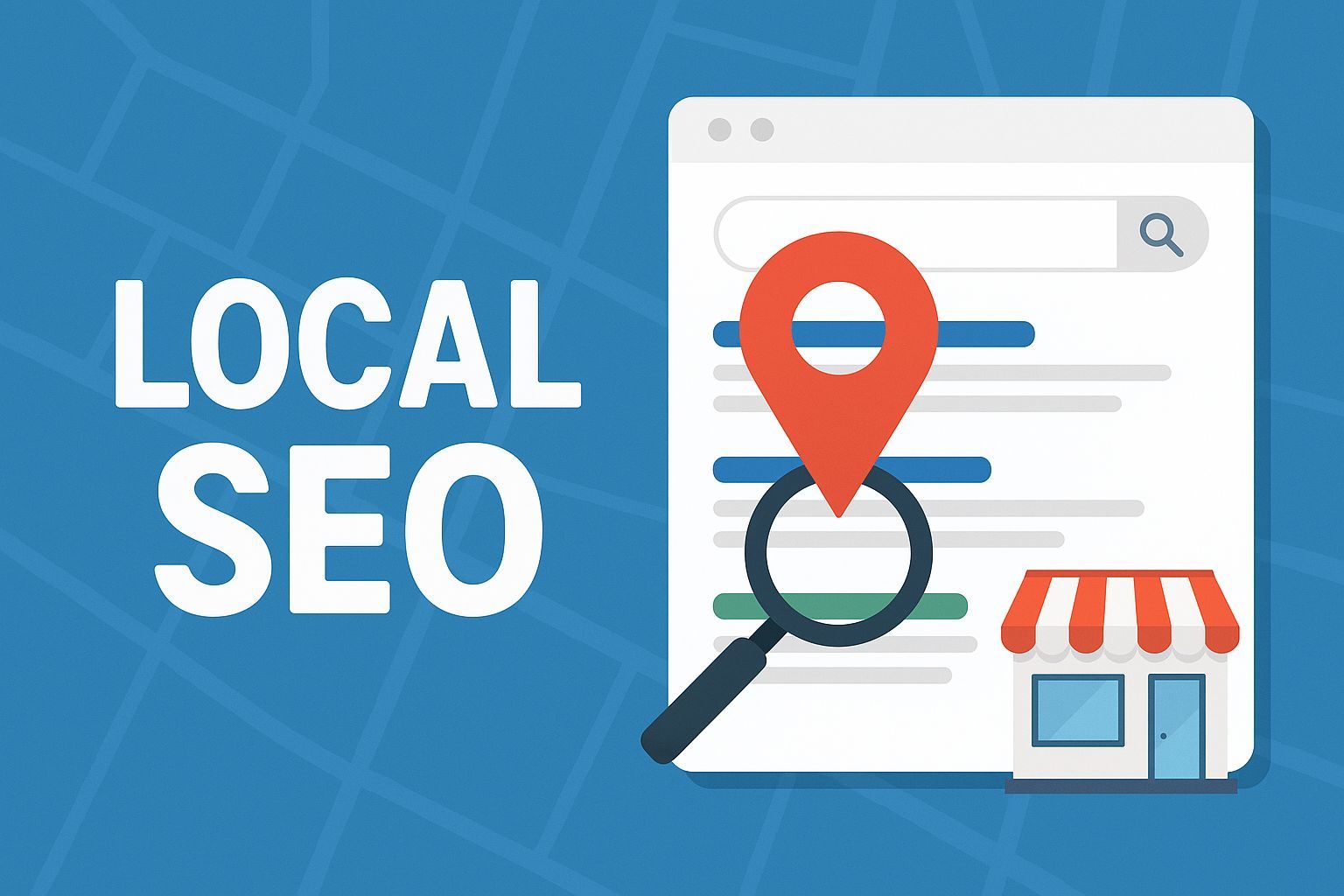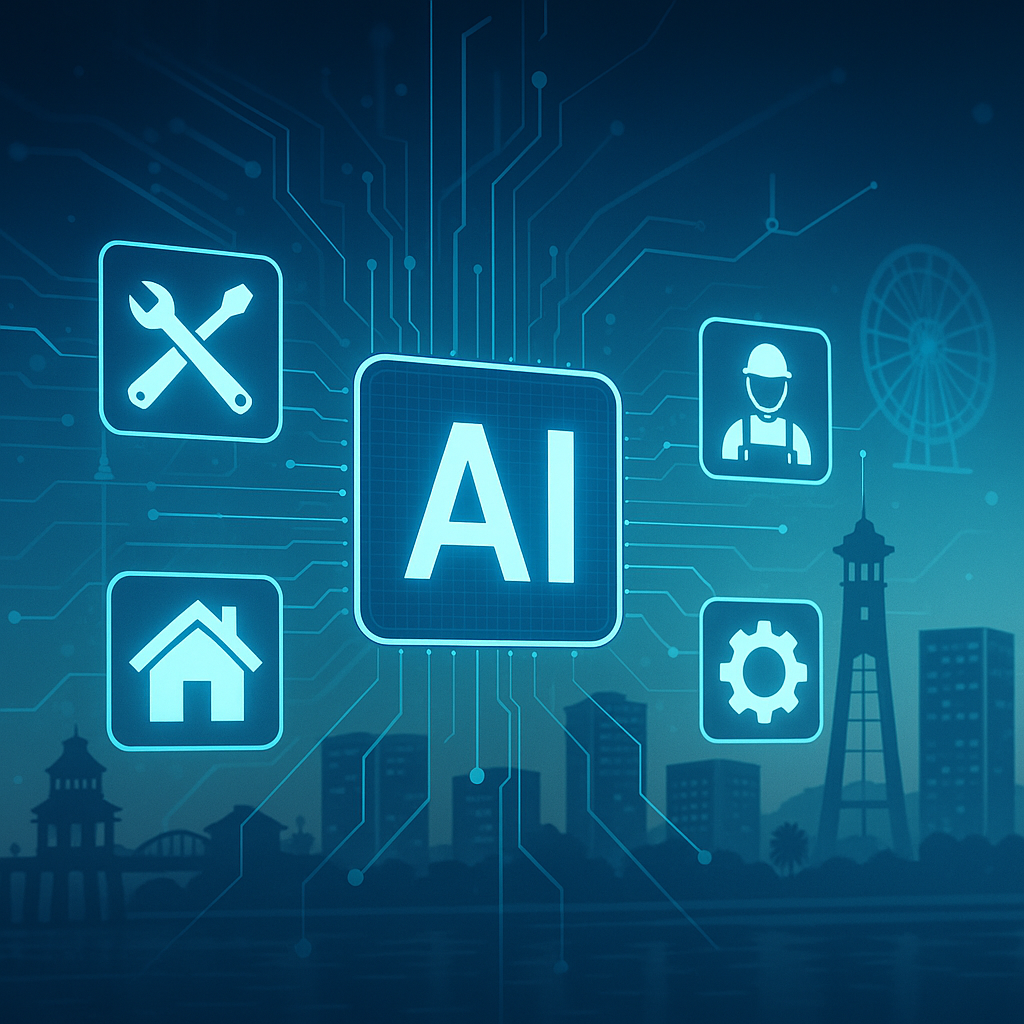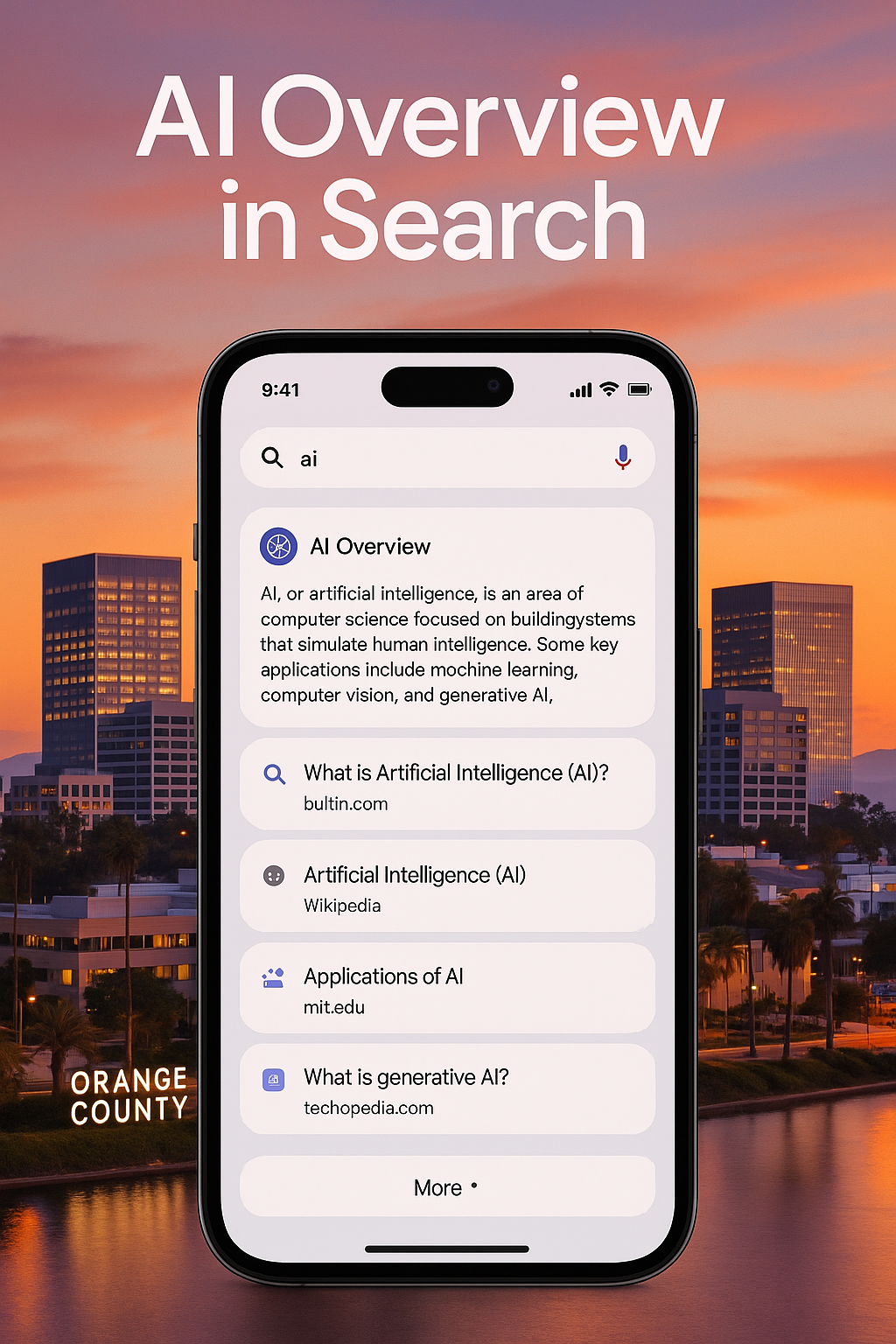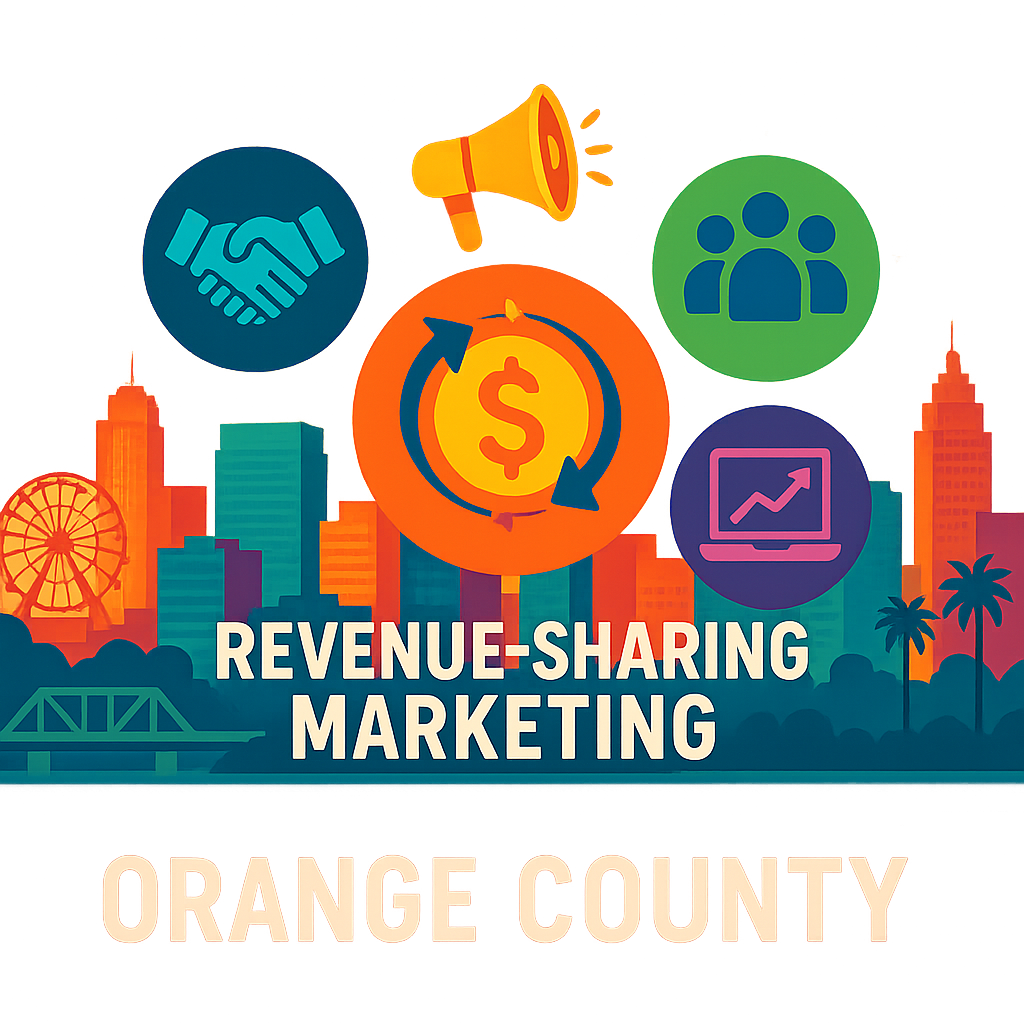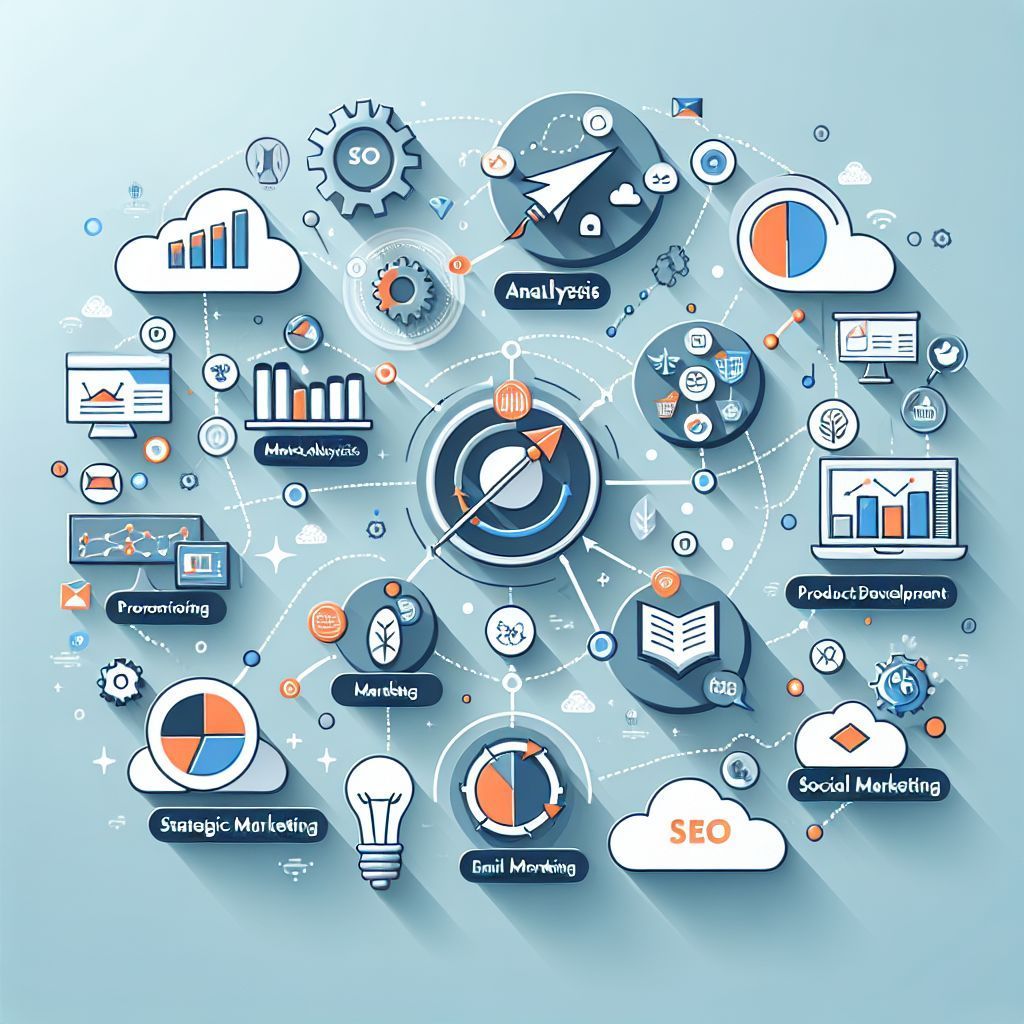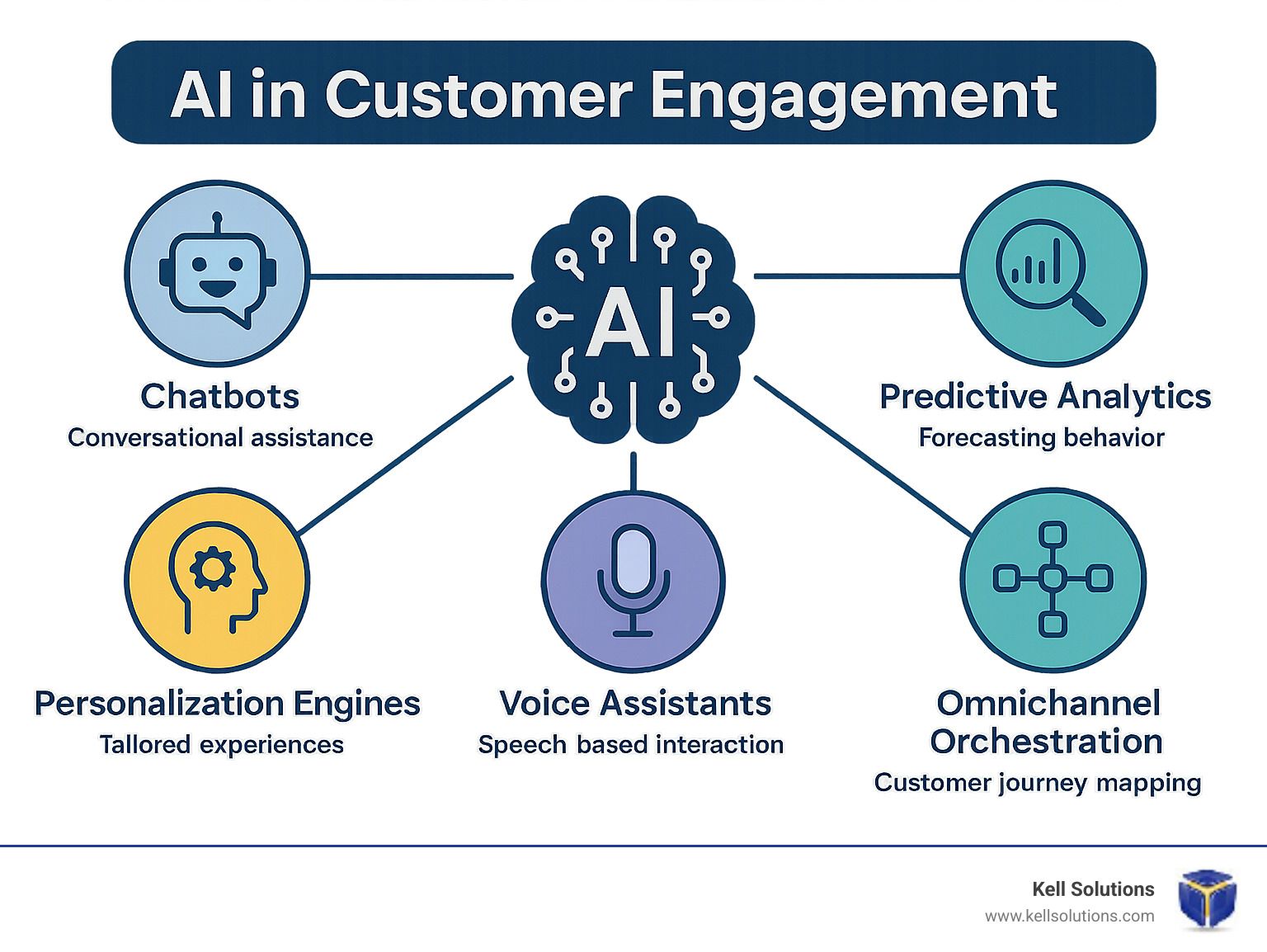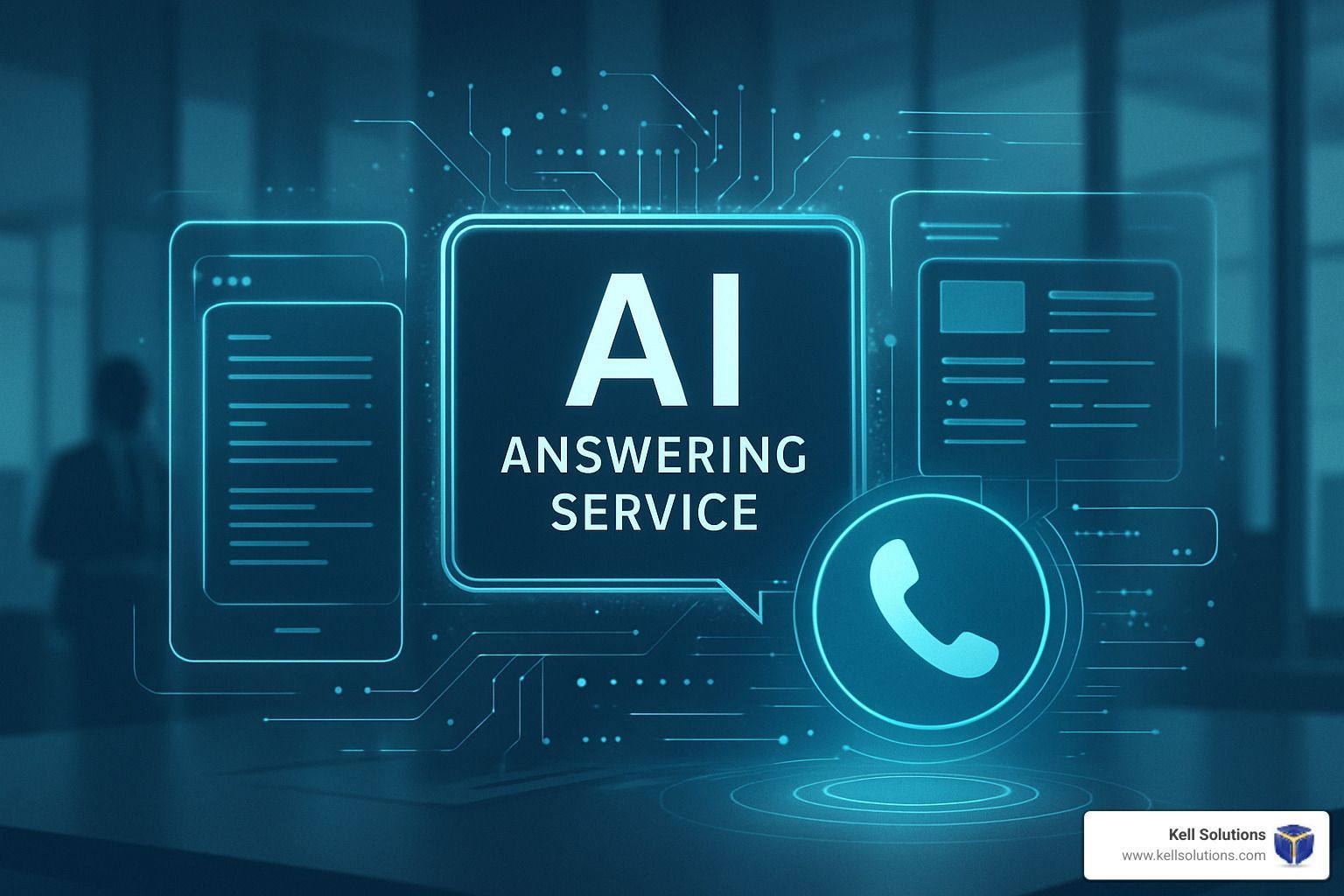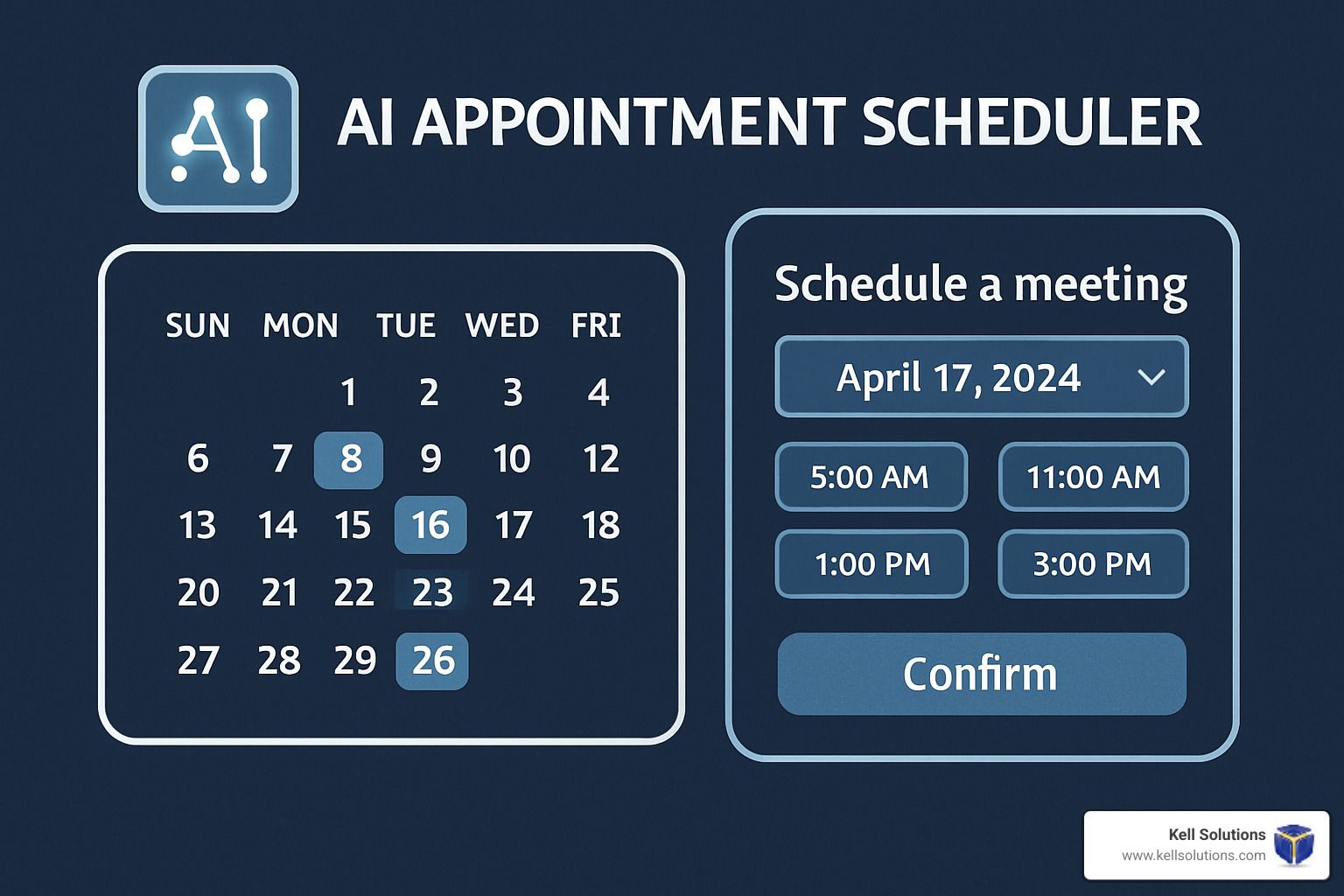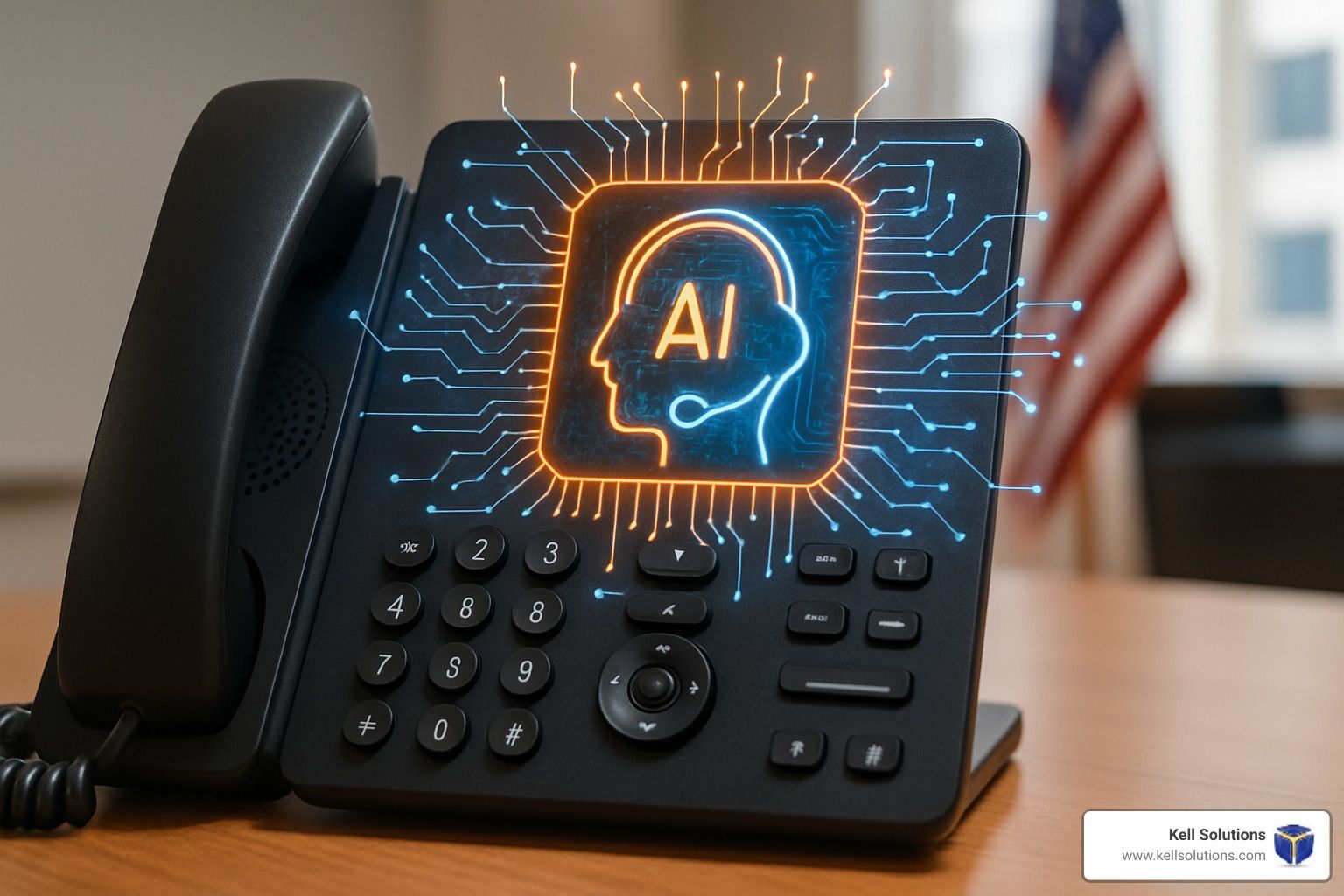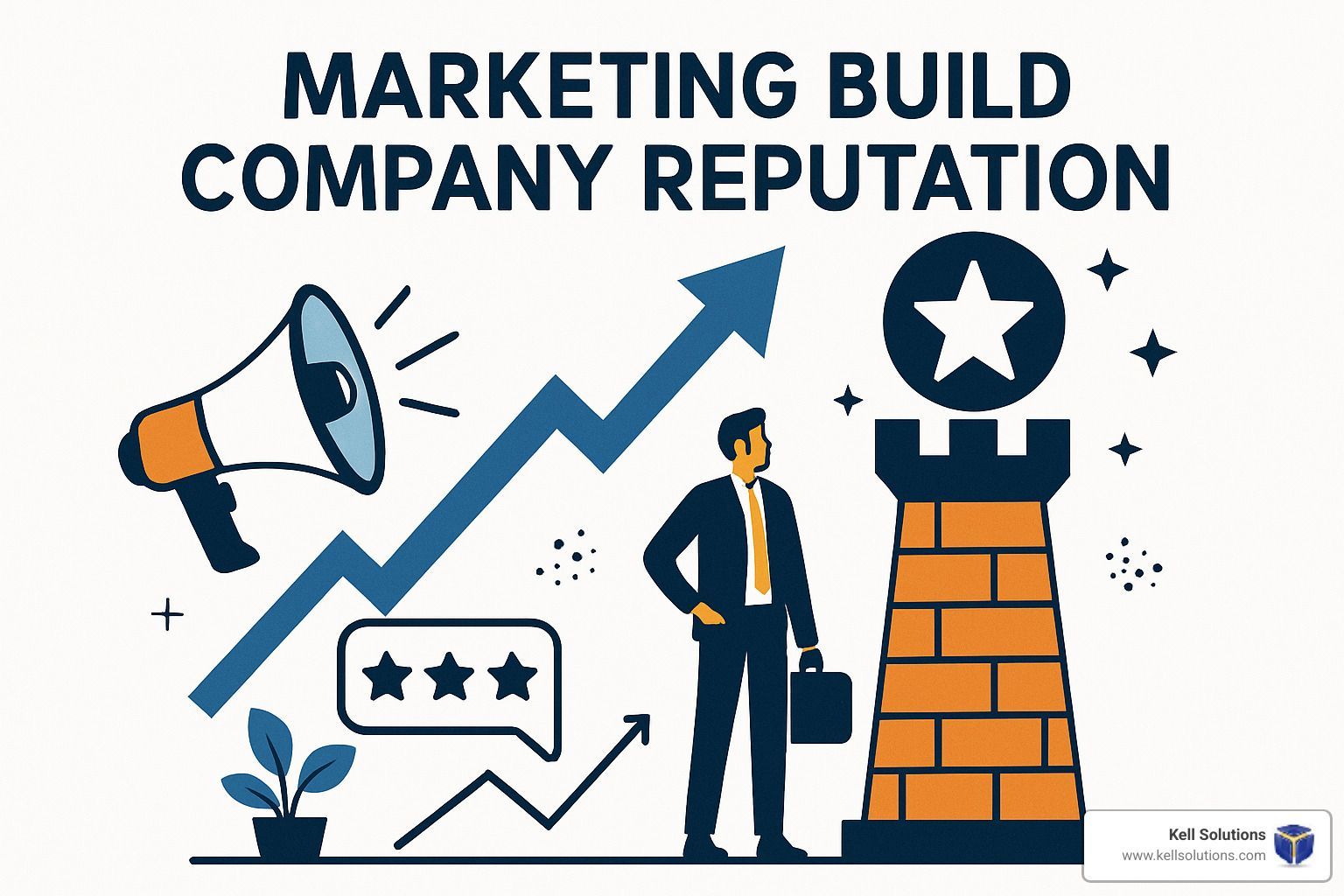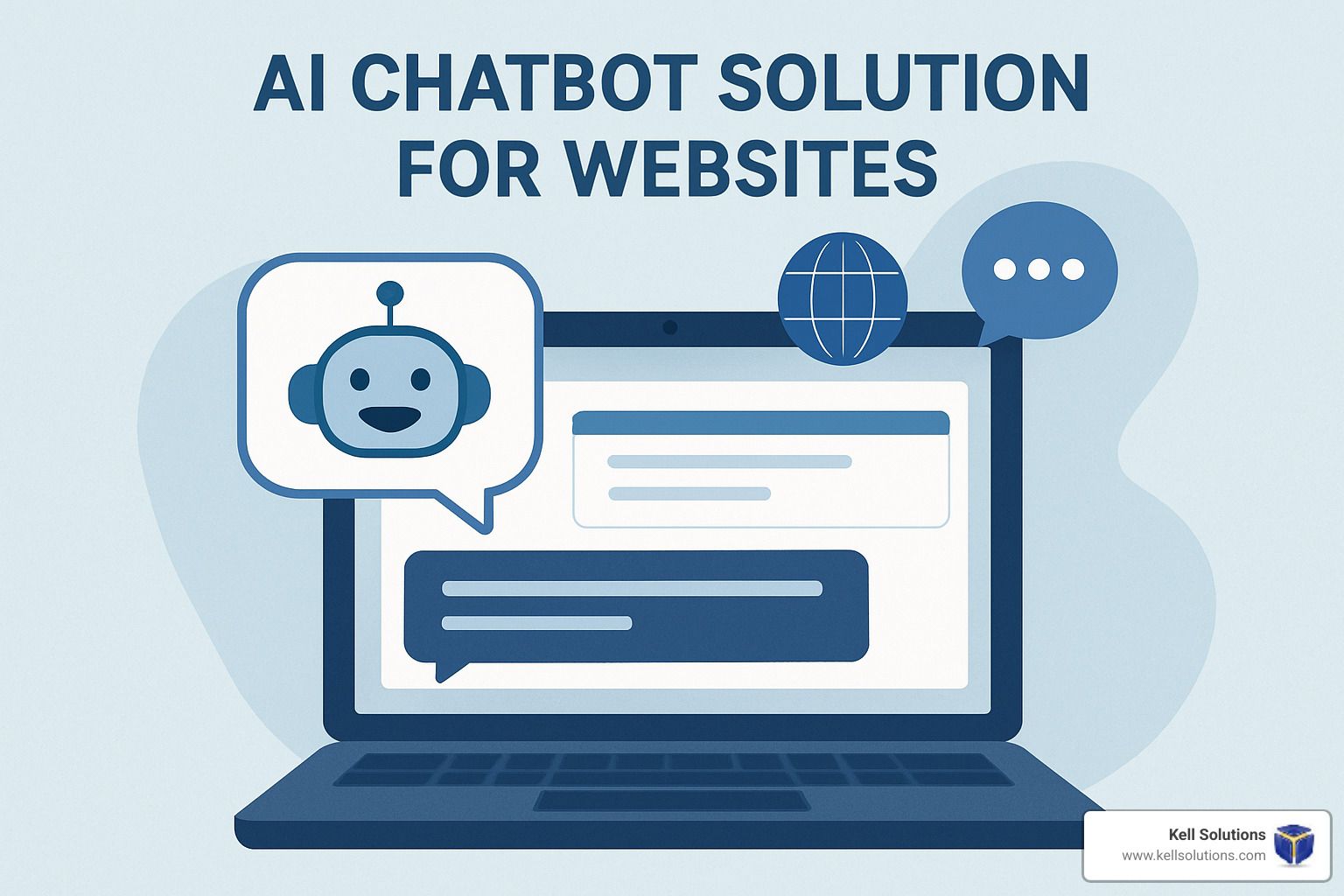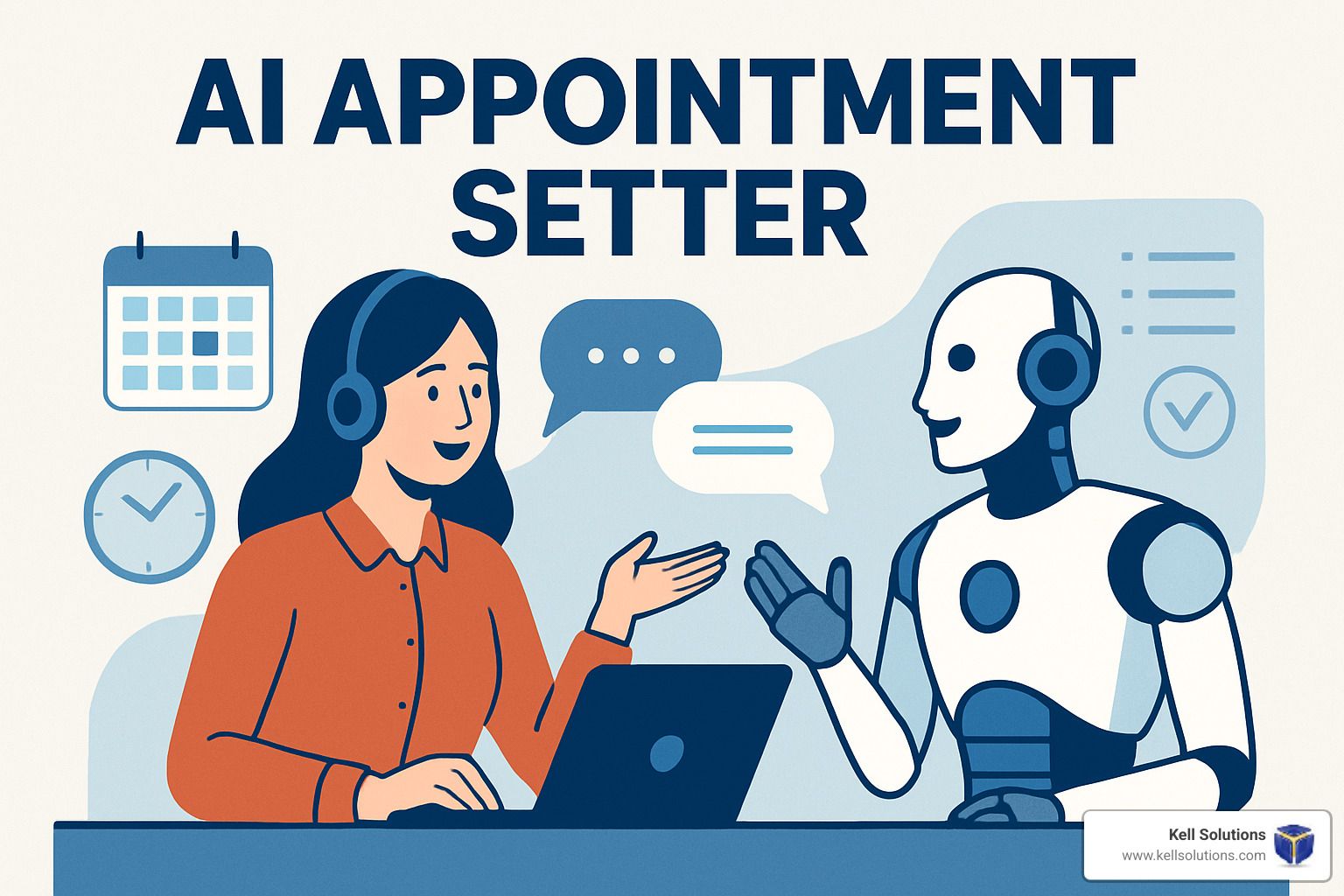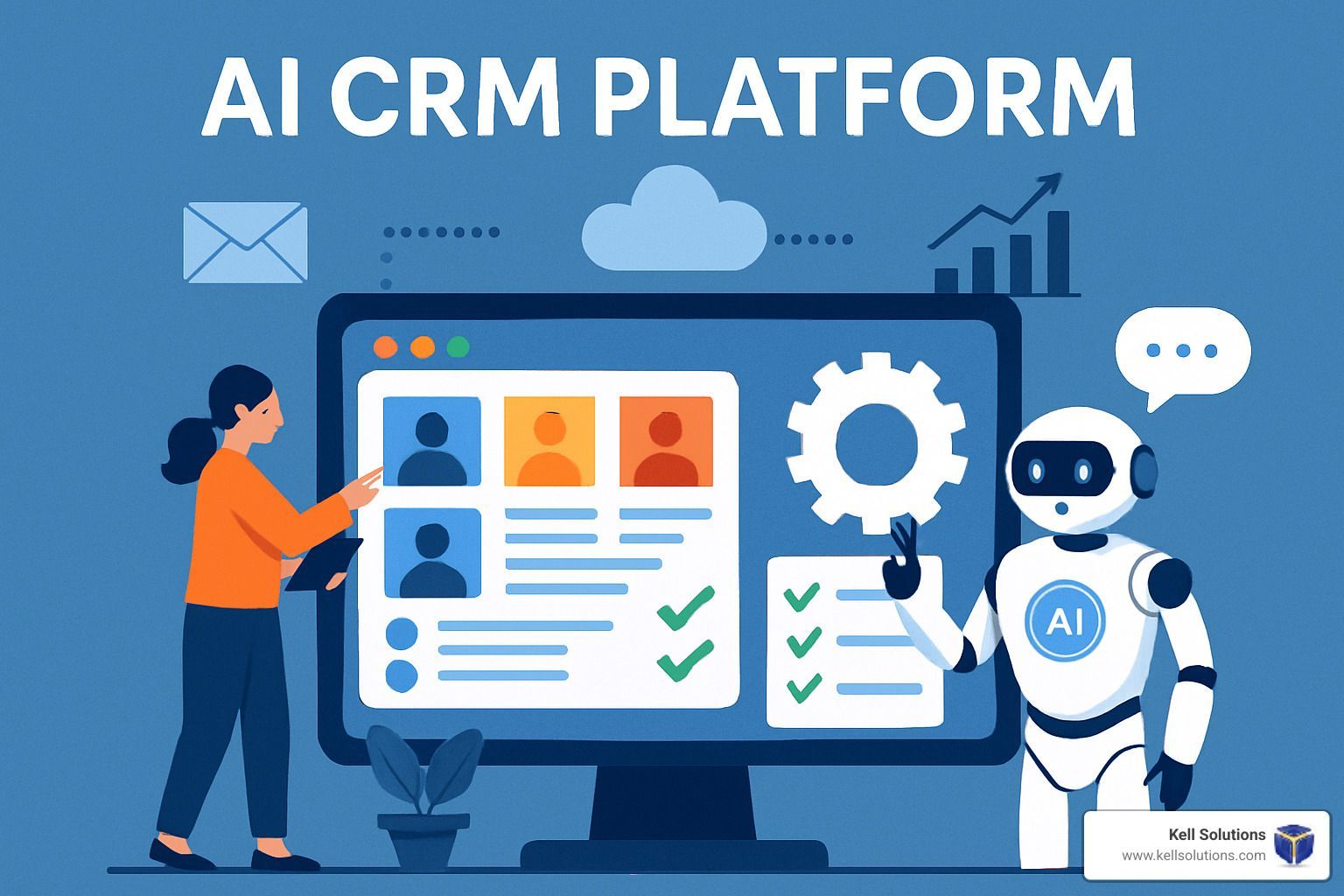Cybersecurity Challenges and Solutions in 2025
As we approach 2025, the cybersecurity landscape continues to evolve at a rapid pace, presenting new challenges and threats for businesses worldwide. The increasing digitization of operations and the widespread adoption of technologies like IoT (Internet of Things), cloud computing, and artificial intelligence (AI) have opened up more vulnerabilities for cybercriminals to exploit. To stay ahead of these threats, companies must not only invest in the latest cybersecurity technologies but also focus on creating a culture of cyber awareness and proactive defense.
Emerging Cyber Threats and Data Privacy Concerns
In 2025, businesses are facing more sophisticated and diverse cyber threats than ever before. From advanced phishing attacks to ransomware and deepfake technology, cybercriminals are constantly finding new ways to breach systems and steal sensitive information. Ransomware attacks, in particular, have become a lucrative business for hackers, often bringing critical operations to a standstill until a ransom is paid.
Data privacy is another pressing concern. With the implementation of more stringent regulations, such as the General Data Protection Regulation (GDPR) in Europe and the California Consumer Privacy Act (CCPA) in the United States, businesses are under increasing pressure to safeguard customer data. Failing to do so can result not only in severe financial penalties but also in a loss of trust and reputation. In this environment, companies must prioritize data encryption, secure authentication methods, and regular security audits to protect their digital assets.
Cybersecurity Technologies and Strategies for Businesses
To combat these emerging threats, businesses need to adopt a multi-layered approach to cybersecurity. This involves leveraging a combination of technologies and strategies to detect, prevent, and respond to cyber threats in real-time. Artificial intelligence and machine learning, for example, can be used to analyze network traffic patterns and identify potential anomalies that could indicate an ongoing attack.
Another effective strategy is the implementation of Zero Trust Architecture (ZTA). Unlike traditional security models that assume everything within a network is secure, Zero Trust verifies every user, device, and connection attempting to access the network. This approach significantly reduces the risk of internal threats and lateral movement by attackers who have already gained initial access.
Additionally, advanced encryption and multi-factor authentication (MFA) are crucial for securing sensitive data and user accounts. Cloud security solutions are also gaining traction as more businesses move their operations to cloud platforms, ensuring that data remains protected even when accessed from remote locations.
Importance of Employee Training in Cyber Awareness
Even with the most advanced technologies in place, human error remains one of the leading causes of cybersecurity breaches. This is why employee training is critical in 2025. Cyber awareness training programs should educate employees on recognizing phishing attempts, handling sensitive information, and following best practices for password management.
Employees should also be trained to report suspicious activities promptly. Creating a strong cybersecurity culture where everyone understands their role in protecting the company’s digital assets can be the difference between a minor incident and a full-scale security breach. Regularly updated training programs, simulated phishing exercises, and clear communication of security policies are essential components of an effective cybersecurity strategy.
Cybersecurity in 2025 presents a complex challenge for businesses as they navigate an increasingly digital world fraught with emerging threats and stringent data privacy requirements. By adopting a multi-layered defense strategy, leveraging cutting-edge technologies, and investing in employee training, companies can stay one step ahead of cybercriminals. Building a resilient cybersecurity posture isn’t just about preventing attacks—it's about ensuring that businesses can respond and recover effectively in an ever-changing threat landscape.
FAQs
1. What are the top cybersecurity threats businesses face in 2025?
Businesses face a variety of threats, including ransomware attacks, phishing, deepfakes, and insider threats that target sensitive data and critical systems.
2. How can AI and machine learning help in cybersecurity?
AI and machine learning can identify unusual patterns in network traffic and detect anomalies, helping to prevent and mitigate cyber threats in real-time.
3. What is Zero Trust Architecture, and why is it important?
Zero Trust Architecture is a security model that requires verification of every user and device before granting access, significantly reducing the risk of internal threats and unauthorized access.
4. Why is employee training important in cybersecurity?
Human error is a leading cause of breaches. Employee training helps staff recognize cyber threats, follow security best practices, and reduce the risk of accidental data exposure.
5. What technologies should businesses invest in to improve cybersecurity?
Businesses should focus on AI-based threat detection, Zero Trust Architecture, multi-factor authentication, advanced encryption, and cloud security solutions to enhance their cybersecurity posture.


Orange County HVAC Google AI Overview Domination: 7 Proven Strategies to Capture Featured AI Results


